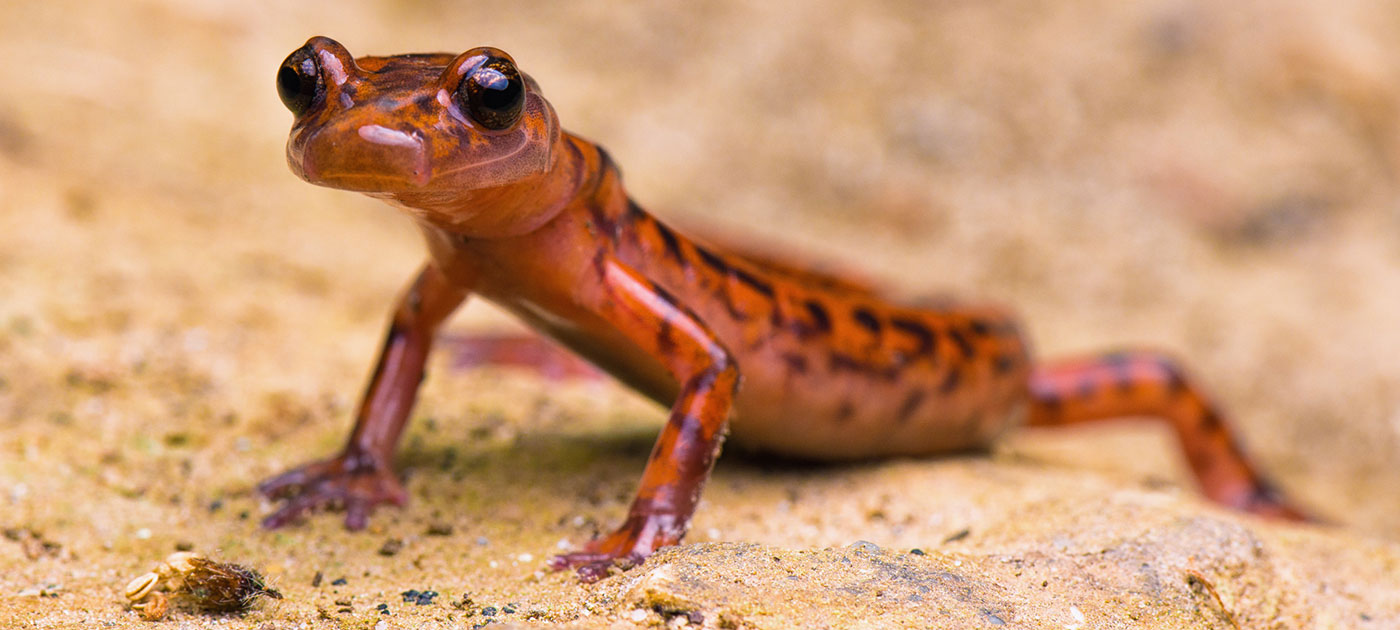Problems with Prosthetics

Our body regenerates itself at the cellular level throughout our lifetime. In other words, humans constantly replace old cells and recycle out wastes. According to David M. Gardiner, professor of developmental and cell biology at the University of California-Irvine and principal investigator in the UCI Limb Regeneration research program, “Regeneration is a fundamental, basic, biological property, just like reproduction” (Kiger et al., 2013). However, this re-growing capacity of ours is extremely limited. We routinely replace cells and can heal small cuts and scrapes, but if limbs or major organs become severely damaged, we cannot regenerate new ones to replace them.

Looking for a better answer for amputees, researchers have turned to nature’s expert in limb regeneration, the salamander.
When a salamander limb is amputated, blood vessels in the stump contract quickly to prevent massive bleeding. Then, a layer of skin cells covers the surface of the amputation site. This layer of skin cells transforms into a layer of signaling cells called the apical epithelial cap (AEC). Simultaneously, fibroblasts detach from connective tissues and travel to the center of the amputation site where they will transform into a blastema, a sac of stem cells that will serve as the critical forebears for the new limb regeneration (Kiger, 2013).
The human body initially reacts similarly to that of a salamander. We immediately form a scar to prevent the open wound from infections and major blood loss, but our bodies stop there. Unlike the salamanders, we cannot reactivate or naturally form a blastema to regenerate a new limb in a few weeks (Conger et al., 2008).
A Leg Up!
We owe the salamander, one of the smallest vertebrates, a great big “thank you”. For amputees like Captain Berschinski and Lieutenant Halfaker, limb regeneration could significantly reduce the emotional, physical and financial costs associated with losing a limb. For them, limb regeneration would offer a second chance to live their lives to the fullest.
In Brief
- Researchers are studying the ability of salamanders to regenerate limbs as a clue to limb regeneration in humans.
- The blastema, a sac of stem cells, is a vital component of limb regeneration.
- Human embryos have the genetic information needed to form blastemas.
This article was written by cYw34. As always, before leaving a response to this article please view our Rules of Conduct. Thanks! -cYw Editorial Staff


![[Image created by Staff Illustrator]](https://www.curiousyoungwriters.org/wp-content/uploads/2014/12/Regeneration-1024x851.jpg)